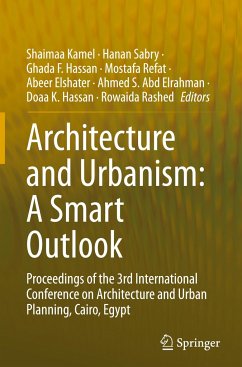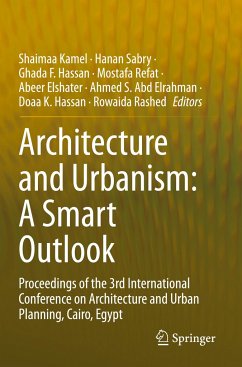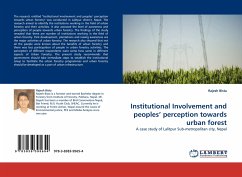
Towards Environmental Informatics for Building Stocks
A Conceptual Model for an Environmental Building Stock Information System
Versandkostenfrei!
Versandfertig in 6-10 Tagen
45,99 €
inkl. MwSt.

PAYBACK Punkte
23 °P sammeln!
The building sector uses a considerable amount ofmaterials and energy. Knowledge about the existingbuilding stock, its impact on the environment inrelation to the use of material and energy, however,is limited and targeted environmental objectives anddecision-making are based on vague information. Inthis book a conceptual model for a computer-basedEnvironmental Building Stock Information System forSustainable Development is developed and theconditions for establishing such a system areexamined, i.e. modelling aspects, relevance andfeasibility are studied. Potential applications arediscussed, s...
The building sector uses a considerable amount of
materials and energy. Knowledge about the existing
building stock, its impact on the environment in
relation to the use of material and energy, however,
is limited and targeted environmental objectives and
decision-making are based on vague information. In
this book a conceptual model for a computer-based
Environmental Building Stock Information System for
Sustainable Development is developed and the
conditions for establishing such a system are
examined, i.e. modelling aspects, relevance and
feasibility are studied. Potential applications are
discussed, such as benchmarking, planning issues and
scenario studies. This book is directed to actors
both on the regional and local levels, to academics,
municipal authorities, property managers, and all who
are concerned about sustainable development of
building stocks.
materials and energy. Knowledge about the existing
building stock, its impact on the environment in
relation to the use of material and energy, however,
is limited and targeted environmental objectives and
decision-making are based on vague information. In
this book a conceptual model for a computer-based
Environmental Building Stock Information System for
Sustainable Development is developed and the
conditions for establishing such a system are
examined, i.e. modelling aspects, relevance and
feasibility are studied. Potential applications are
discussed, such as benchmarking, planning issues and
scenario studies. This book is directed to actors
both on the regional and local levels, to academics,
municipal authorities, property managers, and all who
are concerned about sustainable development of
building stocks.












